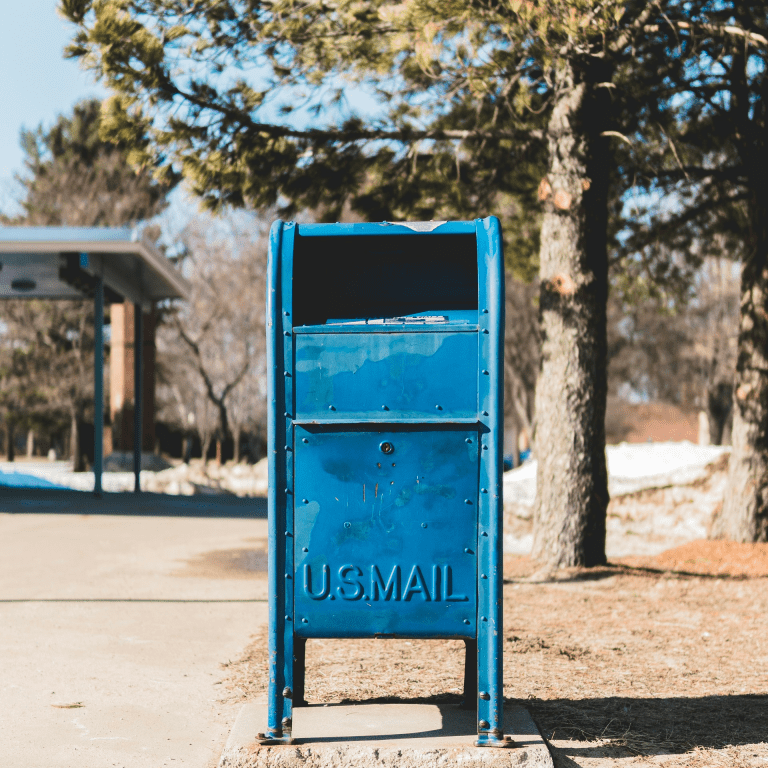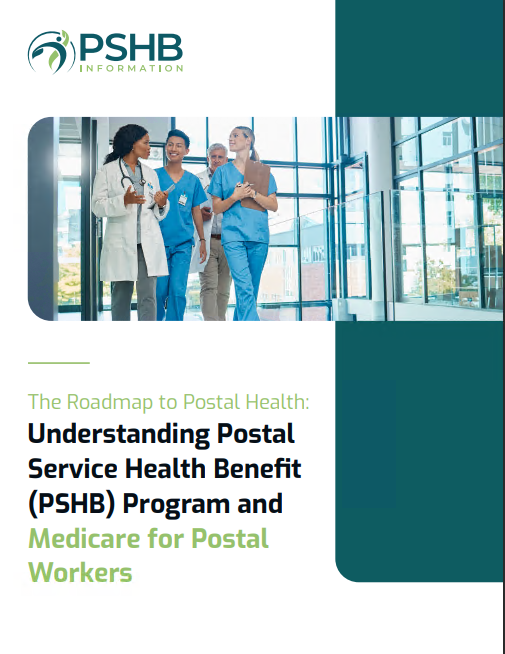Key Takeaways
-
Transitioning from the Federal Employees Health Benefits (FEHB) Program to the Postal Service Health Benefits (PSHB) Program involves understanding key differences in coverage, eligibility, and costs.
-
Medicare integration plays a critical role in PSHB plans, potentially reducing your healthcare expenses if you’re eligible.
A New Chapter in Health Benefits for Postal Employees
The Postal Service Health Benefits (PSHB) Program officially replaces the Federal Employees Health Benefits (FEHB) Program for postal employees, retirees, and eligible family members as of January 2025. If you’re part of this transition, it’s important to familiarize yourself with the changes and what they mean for your health coverage. Let’s explore what sets PSHB apart and how to make the right choices for your needs.
What Makes PSHB Unique?
PSHB is designed exclusively for USPS employees and retirees. Unlike FEHB, which serves a broader range of federal employees, PSHB caters specifically to the needs of postal workers. Here’s what you need to know:
-
Eligibility: All current USPS employees and annuitants must enroll in PSHB to maintain coverage unless they are covered under a family member’s FEHB plan.
-
Medicare Requirements: Medicare-eligible retirees and family members must enroll in Medicare Part B to retain PSHB coverage unless you’re exempt (e.g., retired before January 1, 2025).
-
Plan Options: PSHB offers a variety of plans, ensuring options for different healthcare needs and budgets.
Comparing Coverage: FEHB vs. PSHB
While FEHB and PSHB share similarities in structure, there are key differences to consider:
Network and Coverage Area
PSHB plans typically feature nationwide provider networks similar to FEHB. However, some PSHB plans may include regional networks tailored to USPS employees in specific areas. Confirm your plan’s coverage to avoid unexpected out-of-network costs.
Premium Contributions
The government’s contribution toward premiums remains consistent at around 70%, aligning with FEHB. You’ll pay the remaining 30%, with costs varying by plan and enrollment type (e.g., Self Only, Self Plus One, or Self and Family).
Out-of-Pocket Costs
Under PSHB, expect coinsurance rates ranging from 10%-30% for in-network services and higher rates for out-of-network care. Deductibles for in-network care may range between $350 and $500 for low-deductible plans and up to $2,000 for high-deductible options.
Making the Most of Medicare Integration
One of the standout features of PSHB is its integration with Medicare. If you’re eligible for Medicare Part B, this can significantly reduce your overall healthcare expenses:
-
Lower Copayments and Deductibles: Many PSHB plans waive or reduce deductibles and copayments for enrollees with Medicare Part B.
-
Prescription Drug Savings: PSHB plans automatically include Medicare Part D coverage, offering substantial savings on prescription medications through the Medicare Employer Group Waiver Plan (EGWP).
Navigating Open Season and Enrollment Deadlines
The Open Season period, which ran from November 11 to December 13, 2024, provided an opportunity to review and select PSHB plans. Changes made during this time take effect on January 1, 2025. If you missed Open Season, you can only make changes during a Qualifying Life Event (QLE) or the next Open Season.
Key Deadlines to Keep in Mind:
-
Initial Enrollment Period: Ensure you’re enrolled in PSHB by January 2025 to maintain continuous coverage.
-
Medicare Part B Enrollment: If you’re 65 or older, enroll in Medicare Part B during your Initial Enrollment Period to avoid penalties and ensure smooth integration with PSHB.
Evaluating Your Options: What to Look For in a PSHB Plan
Choosing the right PSHB plan requires careful consideration of your healthcare needs and financial situation. Here are some factors to evaluate:
Coverage for Routine and Specialist Care
Check that your preferred providers and specialists are in-network. Out-of-network care often comes with higher out-of-pocket costs, so it’s crucial to verify network participation.
Prescription Drug Benefits
Review the plan’s formulary—the list of covered medications—to ensure your prescriptions are included. With the new $2,000 cap on out-of-pocket drug costs under Medicare Part D, you’ll have better cost predictability for prescriptions.
Flexibility for Family Coverage
If you’re covering dependents, ensure the plan accommodates their specific healthcare needs. For example, some plans may offer expanded pediatric care or maternity benefits.
Transitioning from FEHB to PSHB
Switching from FEHB to PSHB is automatic for most USPS employees and annuitants. However, staying proactive ensures you’ll avoid surprises:
-
Review Your Annual Notice of Change (ANOC): This document outlines updates to premiums, benefits, and coverage for the upcoming year.
-
Verify Your Enrollment: Confirm your PSHB enrollment details by logging into the benefits portal or contacting your HR department.
The Role of High-Deductible Plans and HSAs
If you’re considering a high-deductible PSHB plan, pairing it with a Health Savings Account (HSA) can offer significant tax advantages. In 2025, the maximum HSA contribution is $4,300 for individuals and $8,550 for families, with an additional $1,000 catch-up contribution for those aged 55 and older.
Benefits of an HSA:
-
Tax-Free Contributions and Withdrawals: Use HSA funds for qualified medical expenses without incurring taxes.
-
Rollover Capability: Unused funds roll over year-to-year, helping you build a healthcare savings cushion.
Addressing Common Questions About PSHB
What Happens If I Don’t Enroll?
Failure to enroll in PSHB could result in losing your health coverage. If you’re eligible for Medicare, you’ll also need to enroll in Part B to maintain PSHB benefits.
Can I Switch Plans Later?
Yes, but only during Open Season or after a Qualifying Life Event. Ensure your selected plan meets your current and anticipated healthcare needs to avoid disruptions.
Will I Still Have FEDVIP Coverage?
Yes, the Federal Employees Dental and Vision Insurance Program (FEDVIP) remains available to USPS employees and retirees, offering standalone dental and vision plans.
Staying Ahead with Preventive Care and Wellness Benefits
Many PSHB plans emphasize preventive care, covering services like annual checkups, screenings, and vaccinations at little or no cost. Taking advantage of these benefits can help you maintain long-term health and reduce healthcare costs.
Plan for a Smooth Transition
Transitioning to PSHB doesn’t have to be overwhelming. By understanding your options, reviewing plan details, and staying informed about enrollment requirements, you can confidently navigate this change and secure the best coverage for you and your family.
Make Your Health Benefits Work for You
The shift from FEHB to PSHB brings new opportunities and challenges. By taking the time to assess your healthcare needs, explore plan options, and integrate Medicare where applicable, you’ll be well-positioned to make the most of your benefits in 2025 and beyond.










